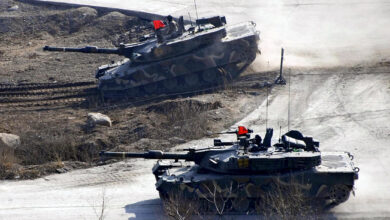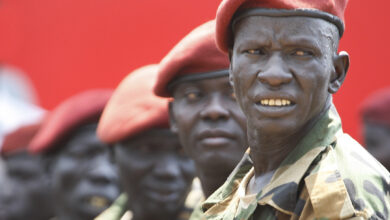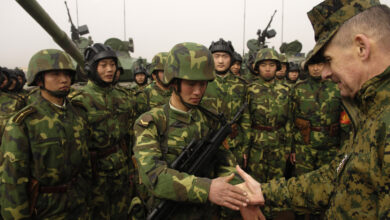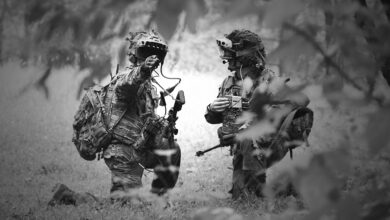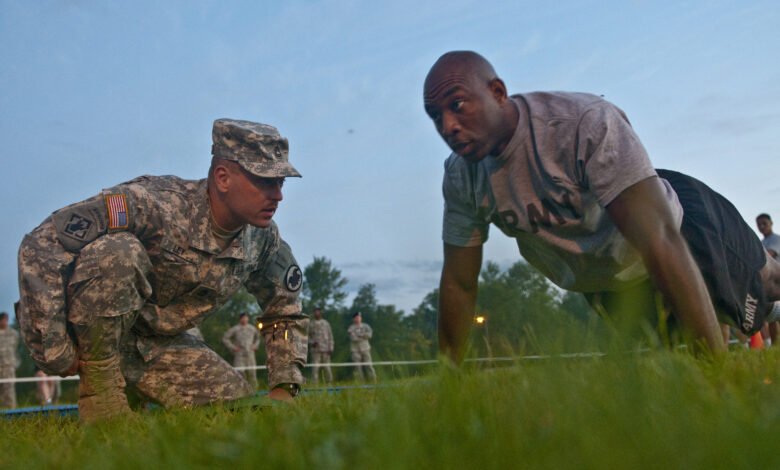
The Army Combat Fitness Test (ACFT) has ignited a fierce debate over its impact on gender equality and combat readiness. Scrutinizing military combat manuals, interviewing senior officers, and analyzing over 400 fitness test scores reveals a troubling shift in standards.
The ACFT, which emphasizes brute strength, appears to reinforce traditional gender stereotypes rather than accurately assess soldiers’ combat capabilities. This shift, introduced after women were allowed into combat roles, disproportionately disadvantages female soldiers while lowering the bar for men.
The Department of Defense (DoD) seems to be undermining Congressional mandates to integrate women into combat arms, setting fitness benchmarks that hinder both equality and readiness.
The decision to shift focus to raw strength under the ACFT comes at a politically charged moment in the military’s long struggle with gender roles. While the test was initially presented as a gender-neutral assessment, its implementation suggests a deliberate move to preserve male dominance in the military’s most elite ranks.
The study’s findings reveal that the ACFT emphasizes brute strength as the primary marker of combat competence, which is misaligned with doctrinal guidance. It also neglects to properly assess key physical tasks such as flexibility, agility, and endurance.
Analysis of combat manuals highlights that skills requiring teamwork and decision-making are critical to combat effectiveness, underscoring the mismatch between the ACFT’s implications and the broader competencies required in combat.
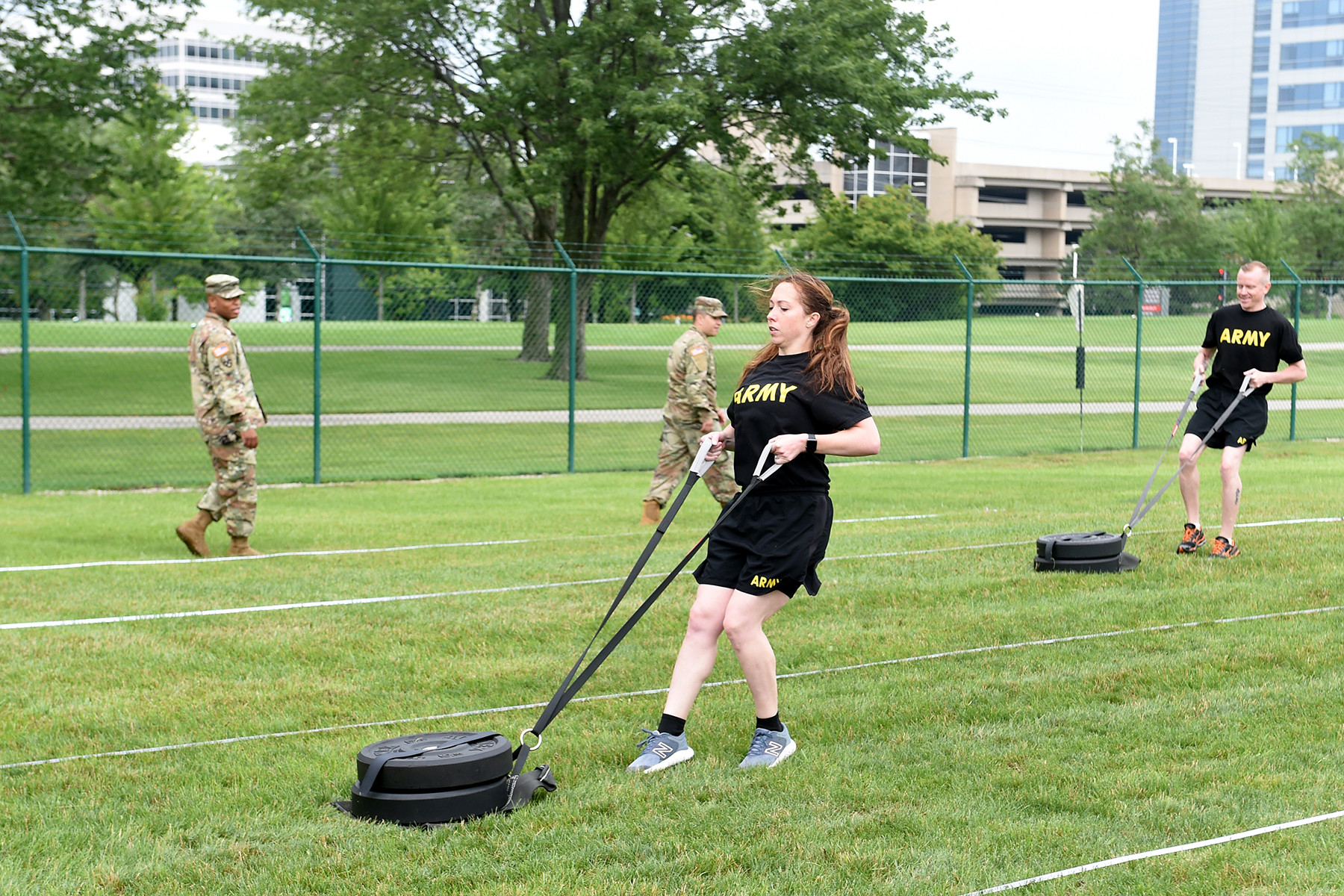
About the Study
This study is part of my graduate research while pursuing a master’s degree at the University of Oxford.
Having served in both Civil Affairs (Airborne) and Military Intelligence, I conducted this research with a focus on military readiness and gender equality in combat roles. With 21 years of military service, including leadership roles such as commanding a company of drill sergeants and deployments to Afghanistan and Qatar in support of combat operations, I drew on my experiences to critically examine the ACFT and its broader implications.
For this study, I used a mixed-method approach that included an extensive text analysis of Army combat manuals, interviews with senior officers, and a detailed survey of over 400 soldiers’ fitness test scores.
This allowed me to explore both the quantitative and qualitative dimensions of the ACFT’s impact, revealing how the fitness standards may have been specifically engineered to undermine gender equality in the Army.
My research seeks to answer whether the ACFT’s design truly aligns with the physical demands of modern combat and whether it helps or hinders the integration of women into combat arms roles.
Disconnect Between Standards and Combat Readiness
Through text analysis of Army combat manuals, the study uncovers a clear disconnect between the ACFT’s focus on brute strength and the more nuanced skills required for battlefield success.
Through text analysis tools, researchers can systematically examine and quantify patterns within large amounts of information, offering insights into how these manuals prioritize various capabilities.
Army combat manuals prioritize capabilities that extend far beyond sheer physical power, raising questions about why the ACFT neglects these critical aspects. By elevating raw strength as the primary marker of fitness, the ACFT subtly redefines what it means to be combat-ready in a way that perpetuates gender inequality.
The most alarming revelation comes from data showing that the ACFT has significantly lowered fitness standards for men.
Under the previous Army Physical Fitness Test (APFT), far fewer men qualified as “highly fit.” According to a detailed review of previous APFT scores and current ACFT scores, men are now achieving “highly fit” categories at a rate three times higher under the ACFT.
The data points to an uncomfortable reality: the ACFT is less challenging for male physiology, giving men an unnecessary advantage under the guise of gender neutrality.
Survey data further illustrates this imbalance. Even after gender-normed scoring, men still outperformed women by 3.29 percent, despite the survey including a sampling bias due to a significant number of exceptionally fit women.
This finding underscores the deep flaws in the ACFT’s design, which continues to act as a barrier to women’s advancement in the military. The survey’s analysis of individual events, such as the shift from sit-ups to planks and the introduction of the hand-release push-up, raises serious questions about why the Army chose exercises that seem to disproportionately disadvantage women’s physiology.
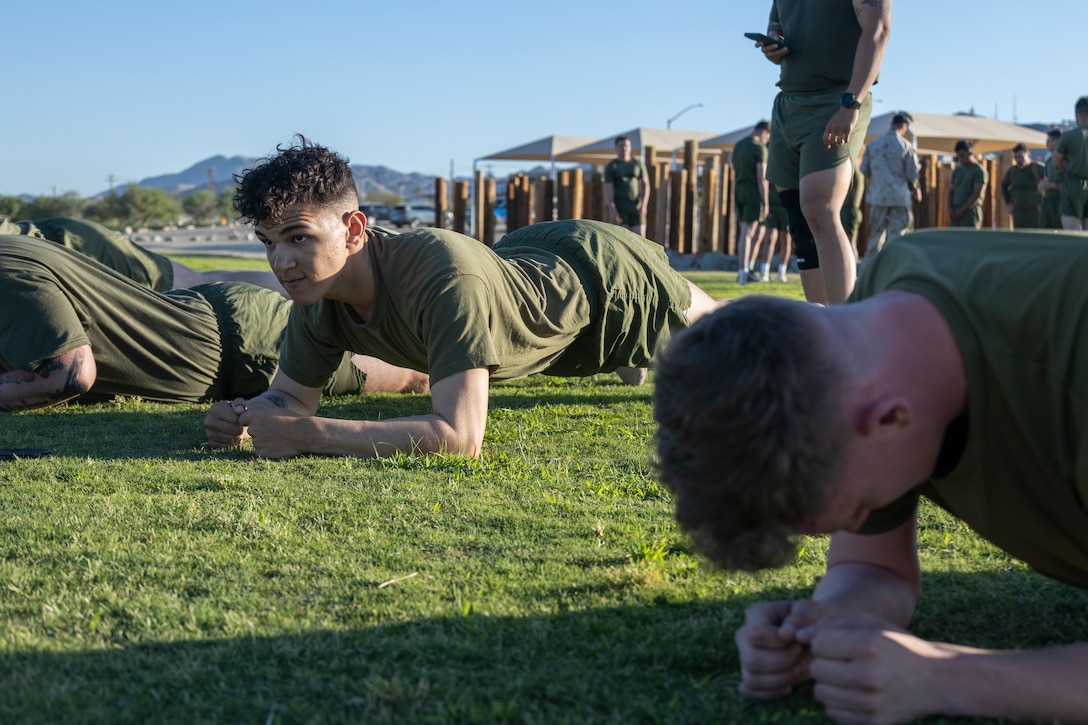
The findings from the Baseline Soldier Physical Readiness Requirements Study (BSPRRS), which were used as the reasoning for including the plank and now discontinued leg tuck in the ACFT, contradict broader medical literature that traditionally uses sit-ups to assess core strength.
The hand-release push-up, which a RAND report found to have weaker validity in assessing upper body strength compared to traditional push-ups, requires repeated impact on female breast tissue, leading to unnecessary discomfort and potential performance challenges for women.
Similarly, the RAND study notes that while sit-ups have traditionally been used to measure core endurance, there is limited evidence supporting the plank exercise in this context, particularly in relation to military tasks. The report highlights the need for further analysis to validate the plank’s effectiveness.
The shift from sit-ups to the plank exercise disproportionately affects female soldiers. Sit-ups, by allowing women to leverage their typically stronger lower body muscles and wider base, result in closer scoring parity between genders whereas the plank requires greater shoulder stability and upper body strength.
This disparity in event selection raises serious concerns because it directly limits women’s opportunities for promotions, access to advanced military schools, and competitive positions within the Army.
As the largest branch of the US military, the Army’s adoption of this fitness test sets a precedent that could be closely followed by other service branches, potentially magnifying the impact on gender equity across the military.
Challenging Gender Norms in Combat Roles
The findings also challenge the necessity of requiring women to meet the same physical strength standards as men. The study argues that women can perform combat roles effectively without needing to match men’s strength. These insights call for an urgent reevaluation of the ACFT to ensure it aligns with the actual demands of combat and provides a fair assessment for all soldiers, regardless of gender.
What’s at stake here goes beyond fitness standards. The ACFT represents a battleground in the military’s ongoing debate over gender equality.
By implementing a test designed to favor male soldiers, the Army reinforces outdated gender norms at a time when the country is pushing for greater inclusivity in its armed forces. Congressional mandates aimed at promoting gender equity in the military are at odds with the direction the Army has taken with the ACFT, and the political fallout could be significant.
As pressure mounts on the military to address the ethical, legal, and practical implications of the ACFT, this study’s conclusions could drive sweeping reforms. By calling for gender-specific physical fitness tests alongside gender-neutral combat task assessments according to occupational specialty, the report advocates for a more equitable approach to physical readiness in the Army.
In a military environment where inclusivity and effectiveness are paramount, the ACFT needs to be rethought entirely to ensure that all soldiers are judged fairly and according to the real demands of modern warfare.
This battle over fitness standards isn’t just about physical capabilities — it’s a reflection of the Army’s deeper struggle to redefine its identity in a more diverse and inclusive future. The outcome of this struggle will determine whether the Army truly stands for equality or remains mired in outdated traditions that reinforce gender inequality.
 Major Amy Forza, US Army Reserve, specializes in Civil Affairs (Airborne) and Military Intelligence. With 21 years of military service, she has served both as an enlisted soldier and a commissioned officer. She has held various leadership roles, including company command and multiple deployments in support of combat operations.
Major Amy Forza, US Army Reserve, specializes in Civil Affairs (Airborne) and Military Intelligence. With 21 years of military service, she has served both as an enlisted soldier and a commissioned officer. She has held various leadership roles, including company command and multiple deployments in support of combat operations.
Amy has commanded a unit training Army Drill Sergeants and initial entry training soldiers. She served as an Intelligence and Operations Officer in Afghanistan and Qatar and has cultivated a deep understanding of the nuances of military training and fitness assessments.
Currently, she is pursuing a master’s degree at the University of Oxford.
Her article presents findings from her dissertation, which includes text analysis and survey data on the ACFT, highlighting the need for revisions to better align the test with the diverse operational demands of modern military engagements.
The views and opinions expressed here are those of the author and do not necessarily reflect the editorial position of The Defense Post.
The Defense Post aims to publish a wide range of high-quality opinion and analysis from a diverse array of people – do you want to send us yours? Click here to submit an op-ed.


